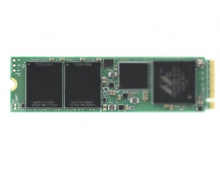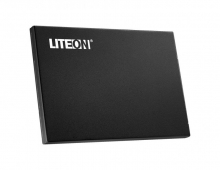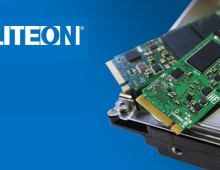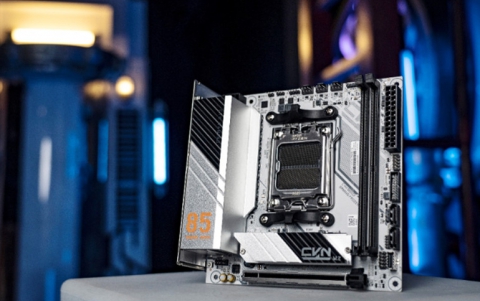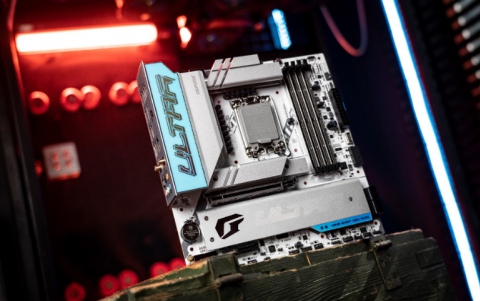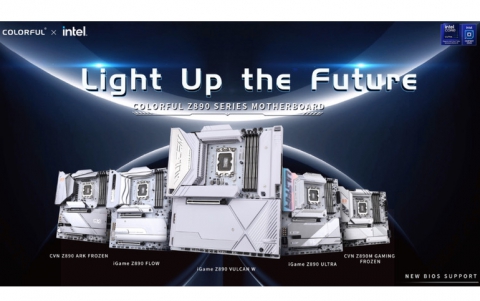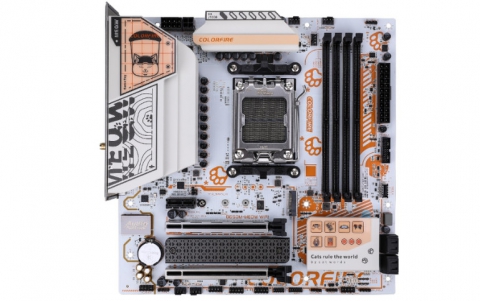LiteOn SDW-431S
14. Conclusion
Review Pages
2. Data CD Reading Tests
3. CD Error Correction Tests
4. DVD reading tests
5. DVD Error Correction Tests
6. Protected Disc Tests
7. DAE Tests
8. CD Recording Tests
9. 3T Jitter Tests
10. C1 / C2 Error Measurements
11. DVD Recording Tests
12. KProbe PI/PO quality tests
13. Bitsetting Tests
14. Conclusion
LiteOn Slimtype SDW-431SX - Page 14
Conclusion
|
Pros |
Cons |
|
|

The LiteOn Slimtype SDW-431S is the latest external DVD writer from the LiteOn company. The drive is an all in one device, supporting both plus and minus DVD formats while it can also be used as a CD writer. As a reader, it supports almost all known media except for the latest DVD+R DL format.
The drive is stylish and the retail package includes everything that the user needs for the installation. We setup the External LiteOn through the only available connection, USB, where it was easily recognized on a windows XP environment. The error correction capabilities of the LiteOn proved to be a strong feature of the drive. The EAC software awarded the drive with a very good overall score meaning that it can easily read old and scratched CD-R media without problems.
With the DVD reading tasks, the LiteOn used the CAV reading strategy for all single/dual layer tested DVD media. We need to mention that during the single layer DVD-ROM media reading tests, the drive unexpectedly alternated the reading speed, resulting in a lower overall average reading speed, but despite this, the overall performance of the drive was quite good. The external LiteOn also proved fast on the DVD Decrypter test (ripping process) with an end speed of 6.2X. We also checked the DVD error correction capabilities of the LiteOn SDW-431S, where the drive had no problems, finishing all tests successfully.
The LiteOn proved to have very good backup capabilities. The drive managed to backup most tested games and returned working backups, up to the tested SafeDisc version 2.90, while the Pioneer, when tested only managed up to v2.60.052. Along with its protected games backup capabilities, the Liteon also proved good for backing up Audio protected discs. The drive managed to backup all tested audio CD-ROMs, but proved slow on DAE ripping.
We tested the writing capabilities of the LiteOn with both DVD and CD-R media . For the CD family, the supported writing speed of the LiteOn is 24X, while for DVD, it is 4X for +R and 2X for -R.
During the CD writing tasks, the LiteOn was slow with all tested media at the maximum available speed of 24x. The drive uses P-CAV reading strategy with start speed at only 10X and therefore in order to write a full 80min data CD-R compilation, the device needed about 5:46min, whereas the accepted time is about 4:00 minutes. Moreover, the quality measurements with the written media returned increased C1/C2 errors.
And last but not least, we checked the DVD writing times and quality of the external LiteOn writer. The 4X supported speed for plus format is quite acceptable for an external device but the minus writing speed is restricted at 2X. The LiteOn had fast writing times and satisfactory PIPO measurements with all written/tested +R media and all discs were fully readable with the LiteOn drive. But the same didn't happen with the minus format. Although the writing speed, as we mentioned before is restricted to 2X, the PIPO values were increased, in comparison to plus format. During the reading test of the written media, one disc, MMore DVD-R, returned back a read error.
Finally we tested the BookType change option of the LiteOn, using the Book Type Utility available at LiteOn's website. Although the utility recognized the disc, the BookType option didn't work although it seems that LiteOn which supports the feature, will fix this with a future firmware release.
Review Pages
2. Data CD Reading Tests
3. CD Error Correction Tests
4. DVD reading tests
5. DVD Error Correction Tests
6. Protected Disc Tests
7. DAE Tests
8. CD Recording Tests
9. 3T Jitter Tests
10. C1 / C2 Error Measurements
11. DVD Recording Tests
12. KProbe PI/PO quality tests
13. Bitsetting Tests
14. Conclusion


